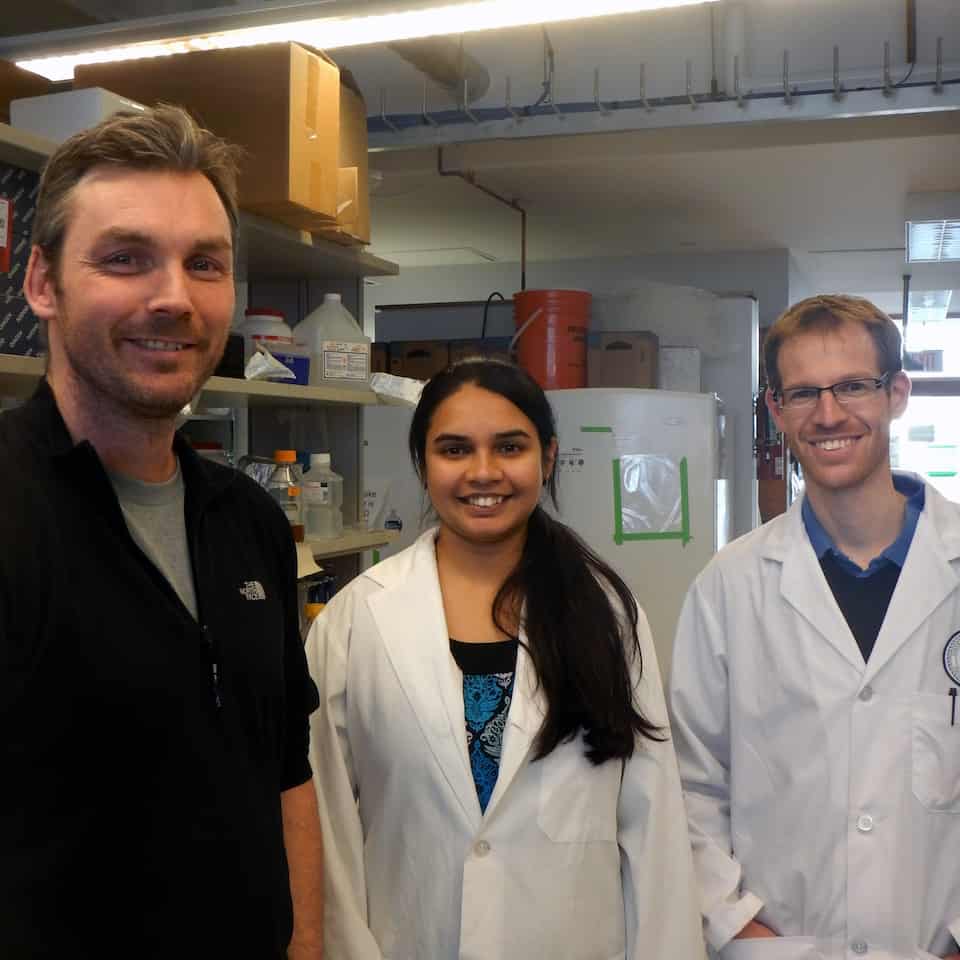Last month, scientists at the Moffat Lab announced to the world that they had achieved something that for years had been thought to be impossible. Using new gene editing tools, scientists successfully turned off genes in five different cancer cell lines, in order to determine what combination of genes allow cancer cells to maintain their cancerous state.
The data published in Cell, has found a set of approximately 1,500 genes essential for the survival of cancer cells. In order to achieve this, the Moffat Lab needed to switch off nearly 90 per cent of all genes in the human genome.
This work has relied on the new gene editing technology known as CRISPR-Cas9, developed by Dr. Feng Zhang of MIT, who visited U of T in October. The new technology has reinvigorated molecular genetics, starting a race between competing labs worldwide to use the technology to determine which genes in the human genome are necessary for cell survival.
To make their work comprehensive, the lab switched genes off in five different cancer cell lines. A cell line is a collection of cells derived from a single type of cell — for example a cancer cell — where all cells contain the same genetic makeup. Cell lines are useful because they allow researchers to study a given cell on a mass scale.
The lines studied were brain, retinal, ovarian, and two colorectal cancer cell lines. The team, led by U of T associate professor Jason Moffat, found that each type of cancer had a unique signature of genes supporting its survival. This finding is especially exciting to the world of biomedical research, because it indicates that the future of cancer treatment may be tailored to a specific cancer type or genetic variant.
Megha Chandrashekhar, a PhD student in Dr. Moffat’s lab and contributing author to the paper containing the published results, notes that “what makes our [lab’s] study more interesting is the identification of sets of genes specifically required in certain cancer cell types but not in others. These context-specific essential genes make ideal therapeutic targets. Targeting these genes should kill only the cancer cells but not the normal healthy tissues.”
Currently, chemotherapeutic methods utilize widespread toxicity, killing cancerous and non-cancerous cells alike. With the new findings from the Moffat Lab, the future of cancer-treating drugs may be less toxic, and more effective. It is very likely that drug-development researchers will use the findings from the Moffat lab to investigate the effects of experimental drugs on specific cancer types.
“We can identify unique drug targets that are cancer type specific. These novel targets might be proteins whose functions are completely unknown or proteins whose function we understand, but we would have never thought would make a suitable drug target in cancer therapy,” Chandrashekhar said. “Once new drug targets are identified, one can develop small molecule drugs or antibodies that inhibit that protein and selectively kill cancer cells.”
The results also demonstrate the ability to connect drugs to treating specific cancer types. The paper showed that a common and inexpensive diabetes drug has the capacity to target brain and colorectal cancers. If an inexpensive and ubiquitous drug may be a solution to certain cancers, cancer-attenuating medicines may be widespread in the developing world.


